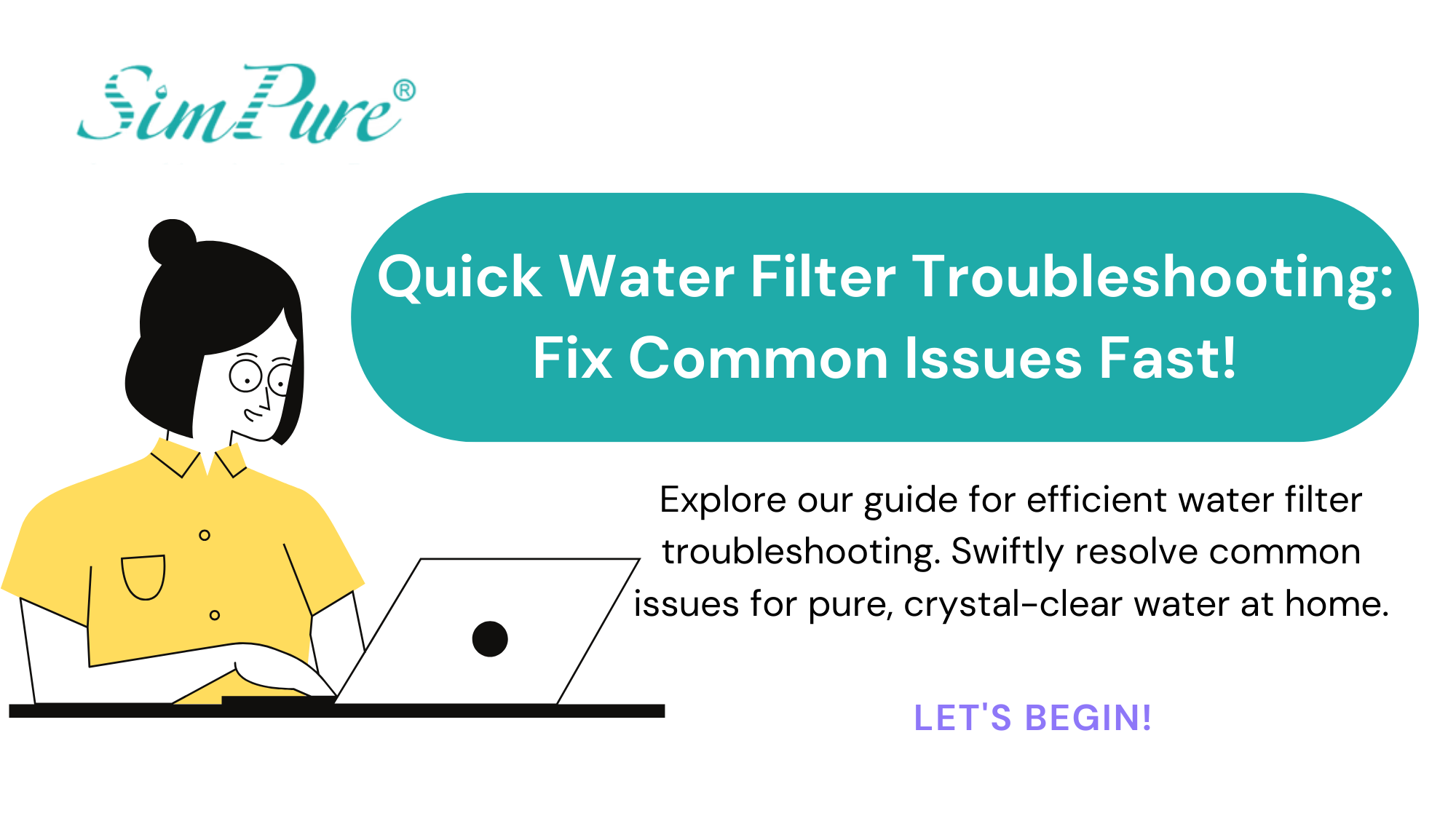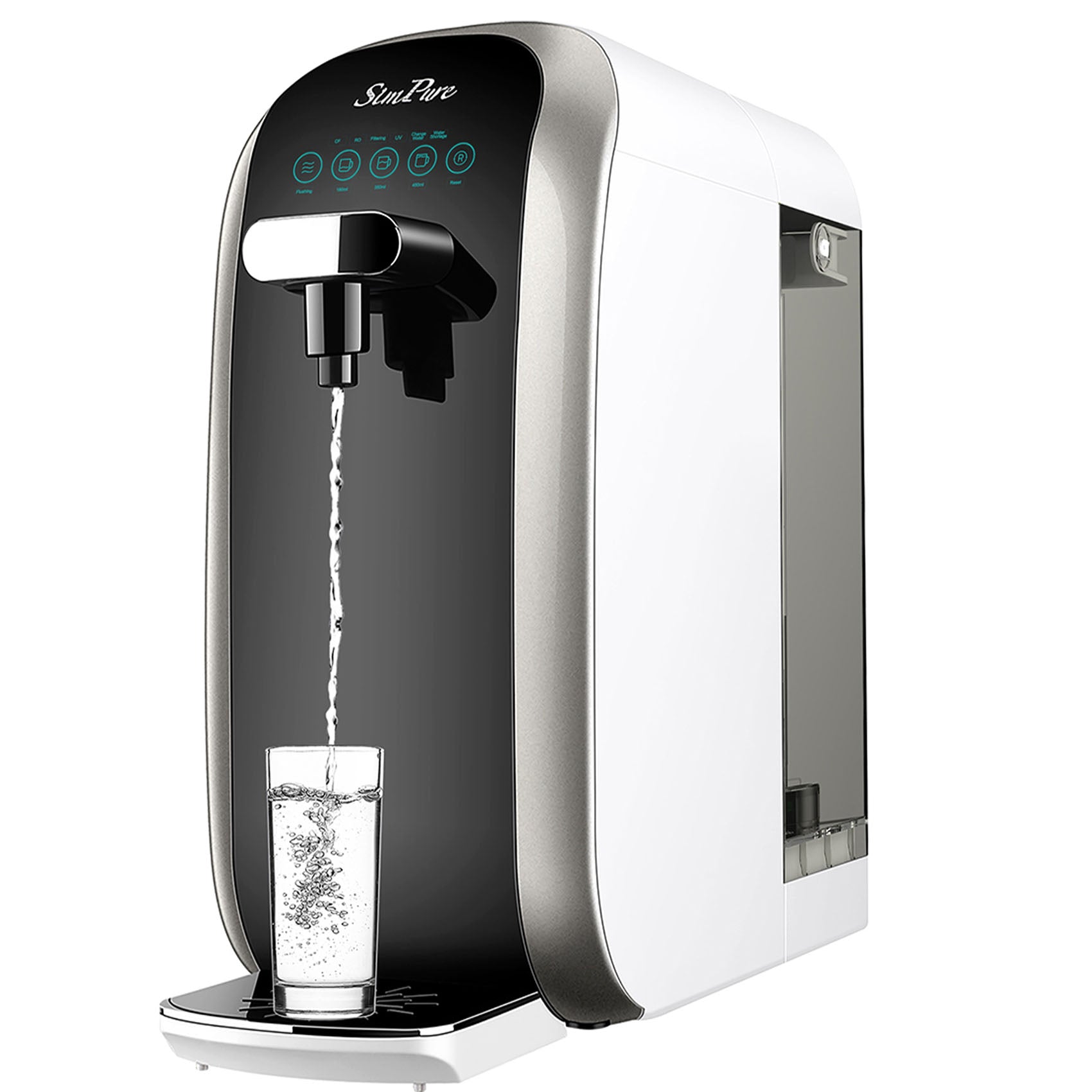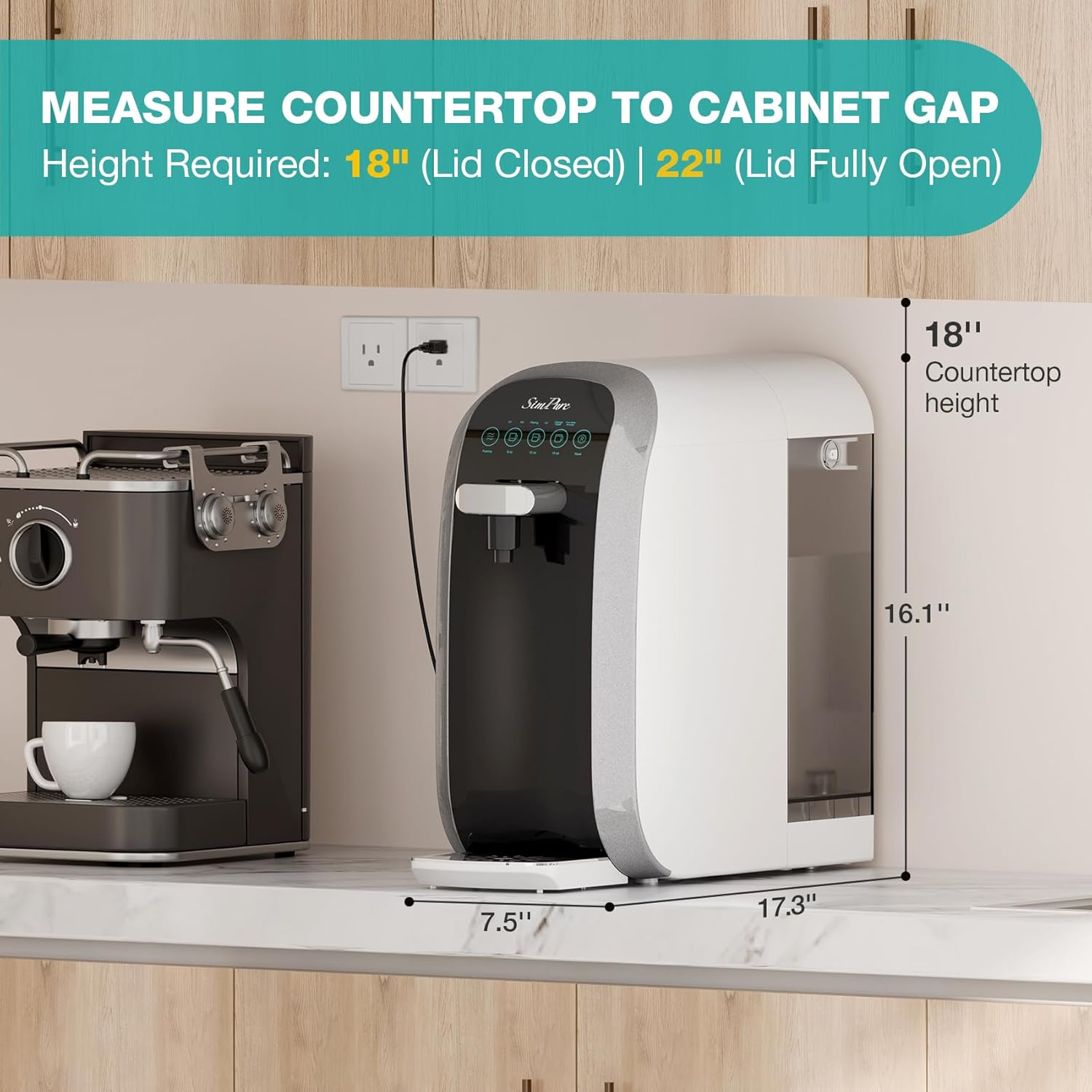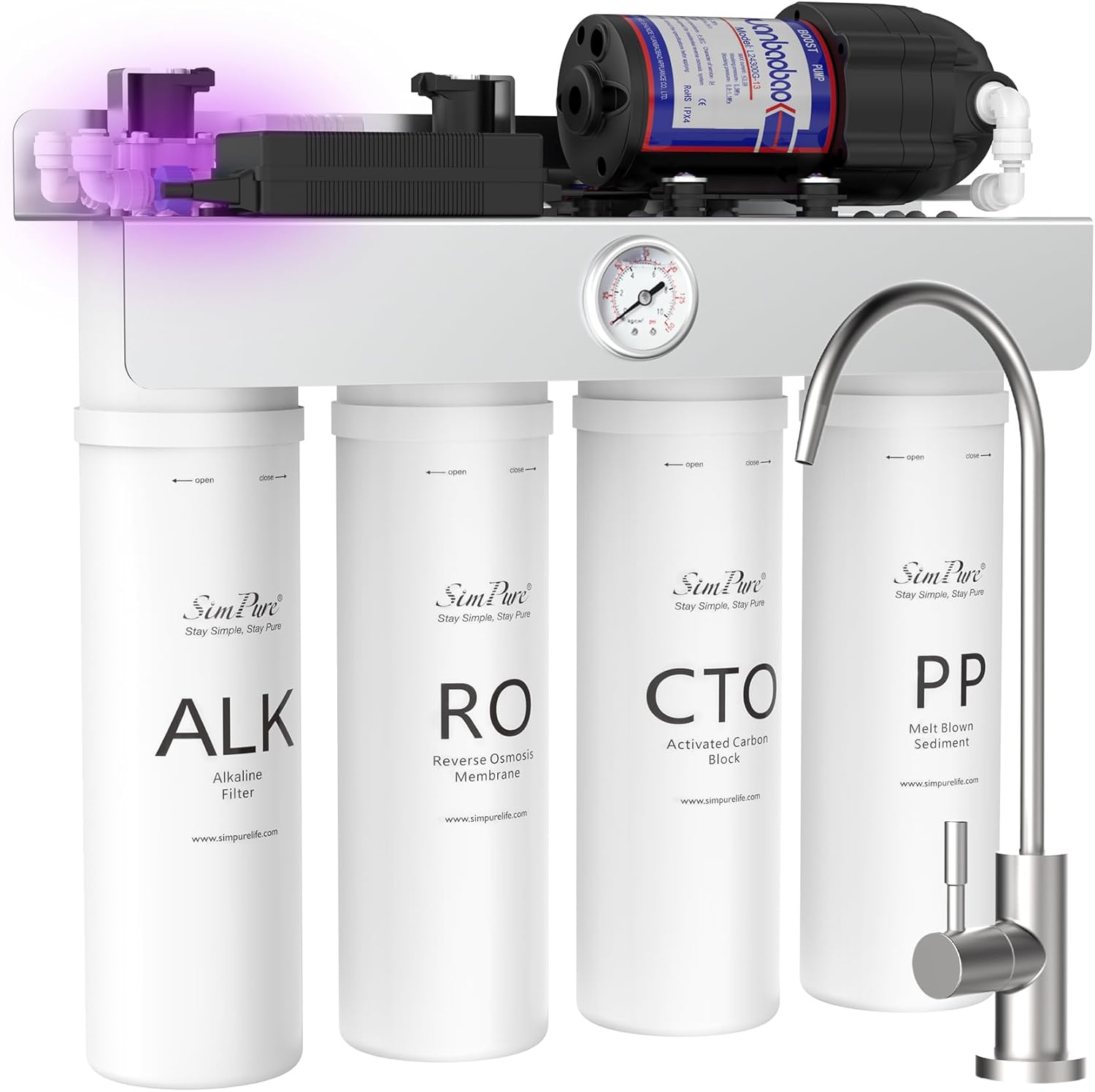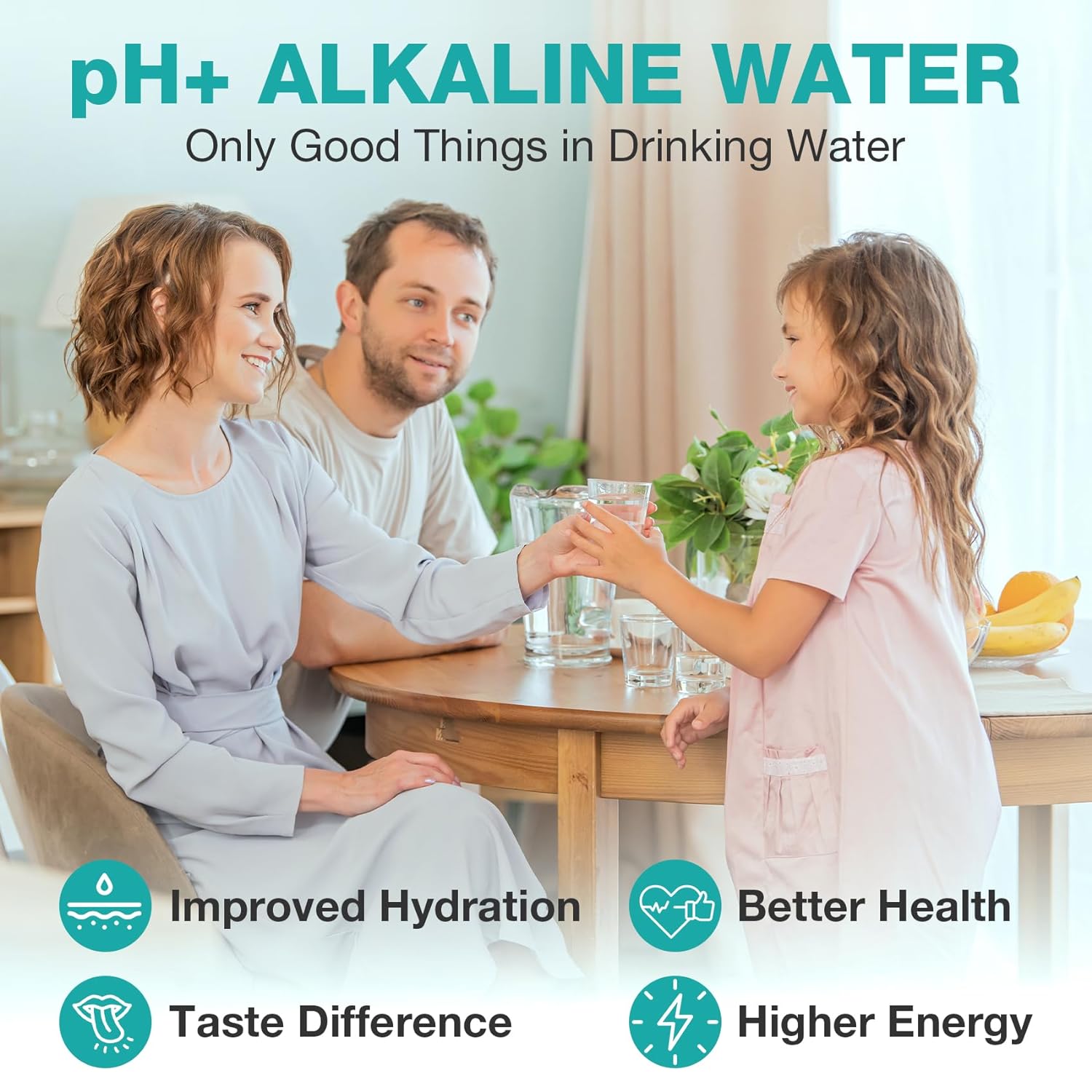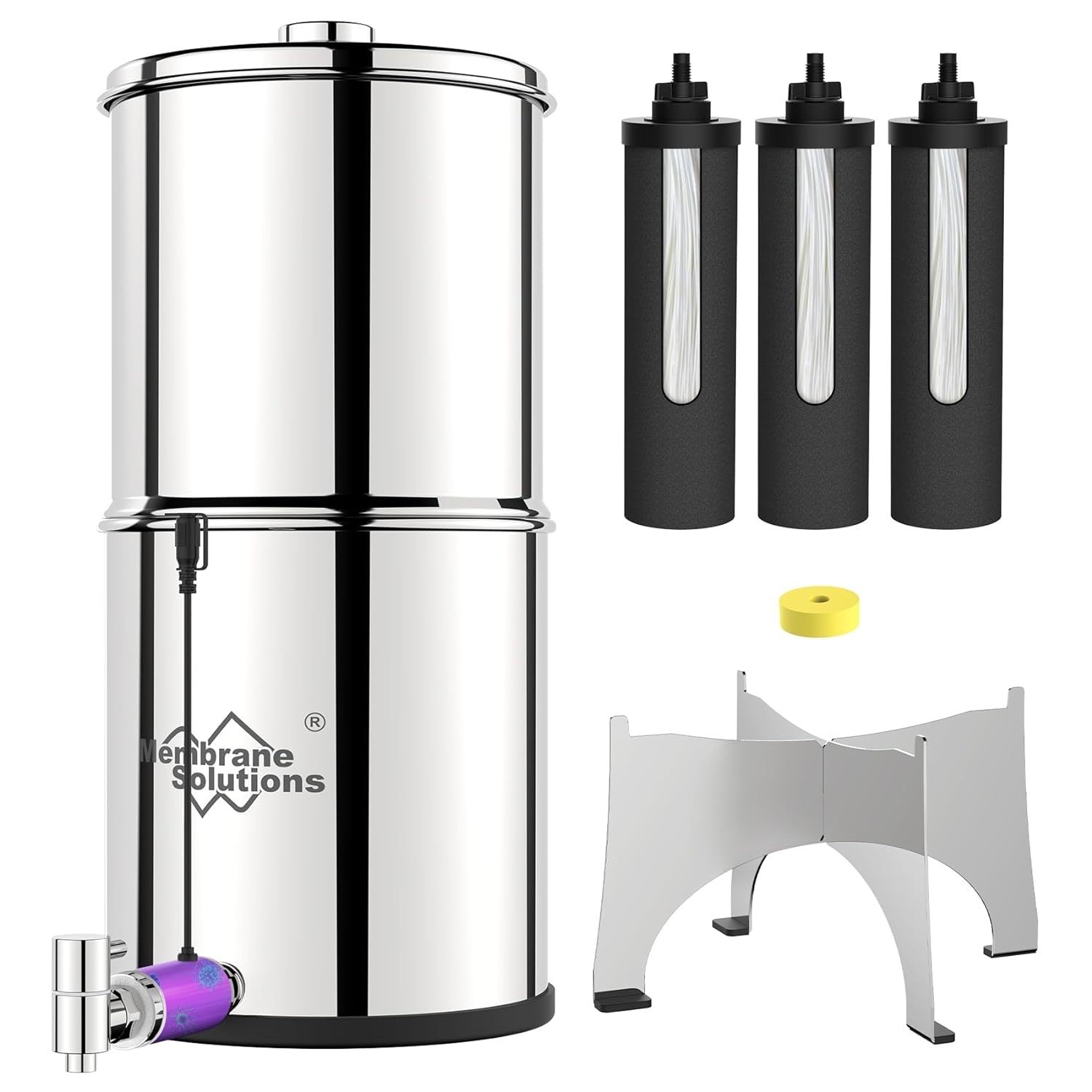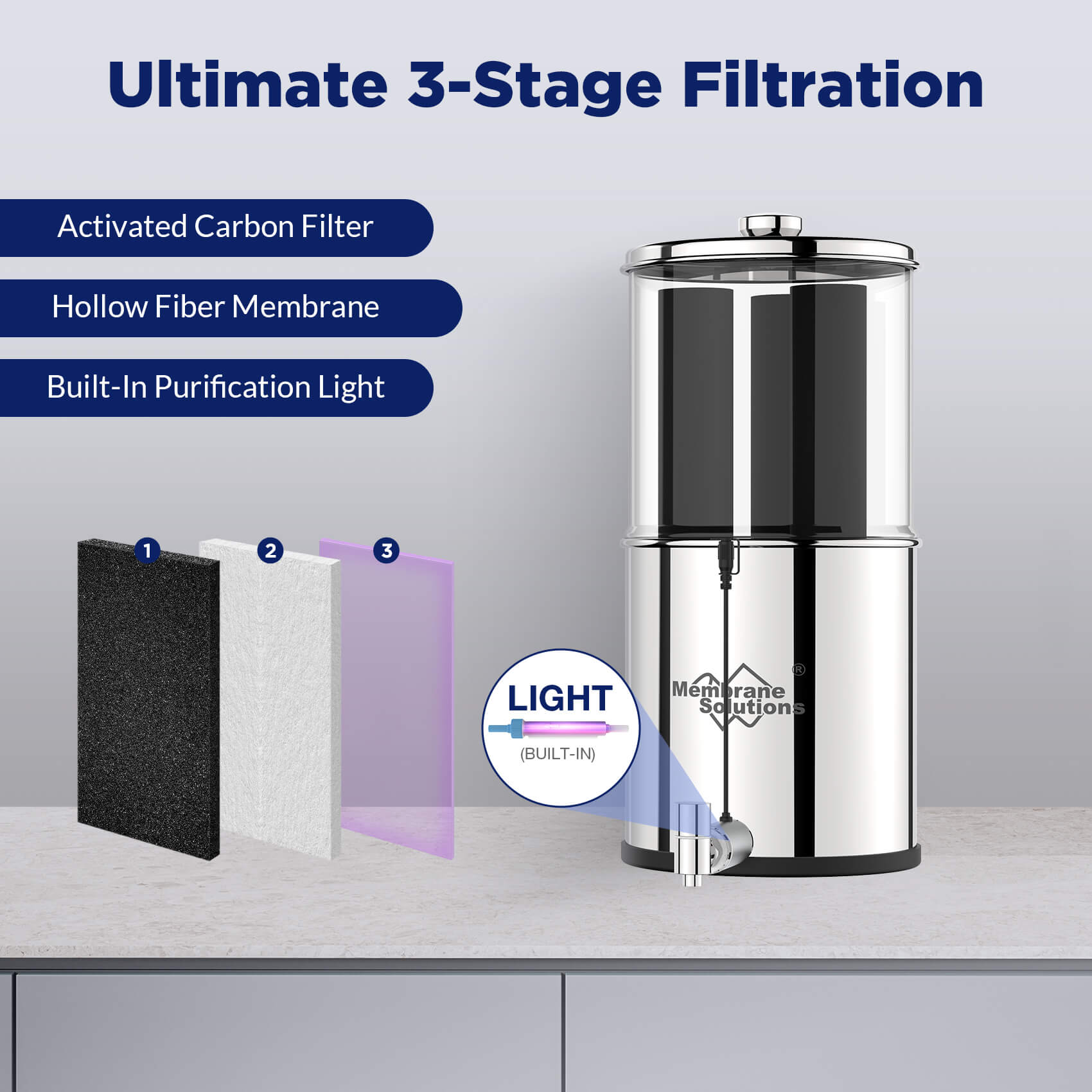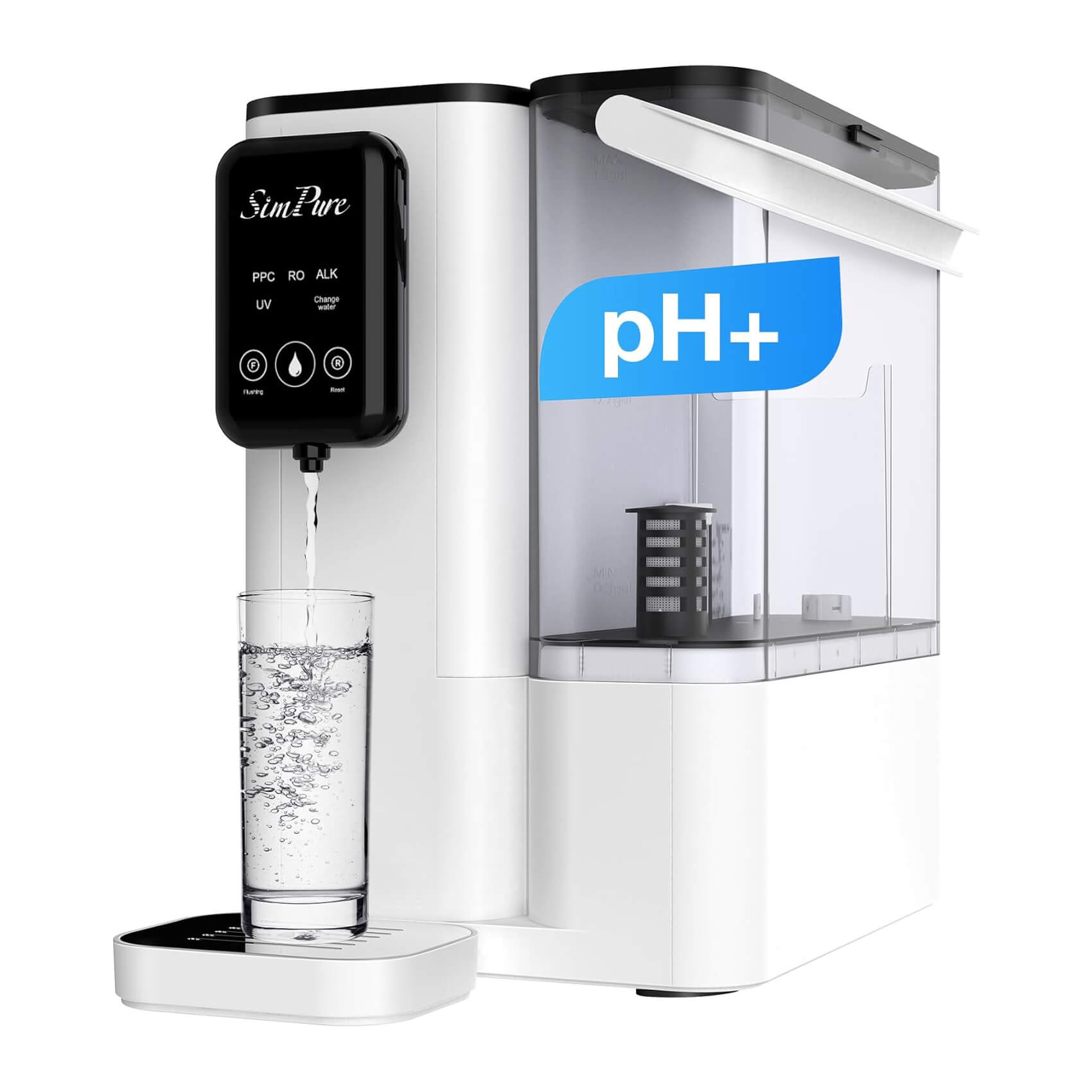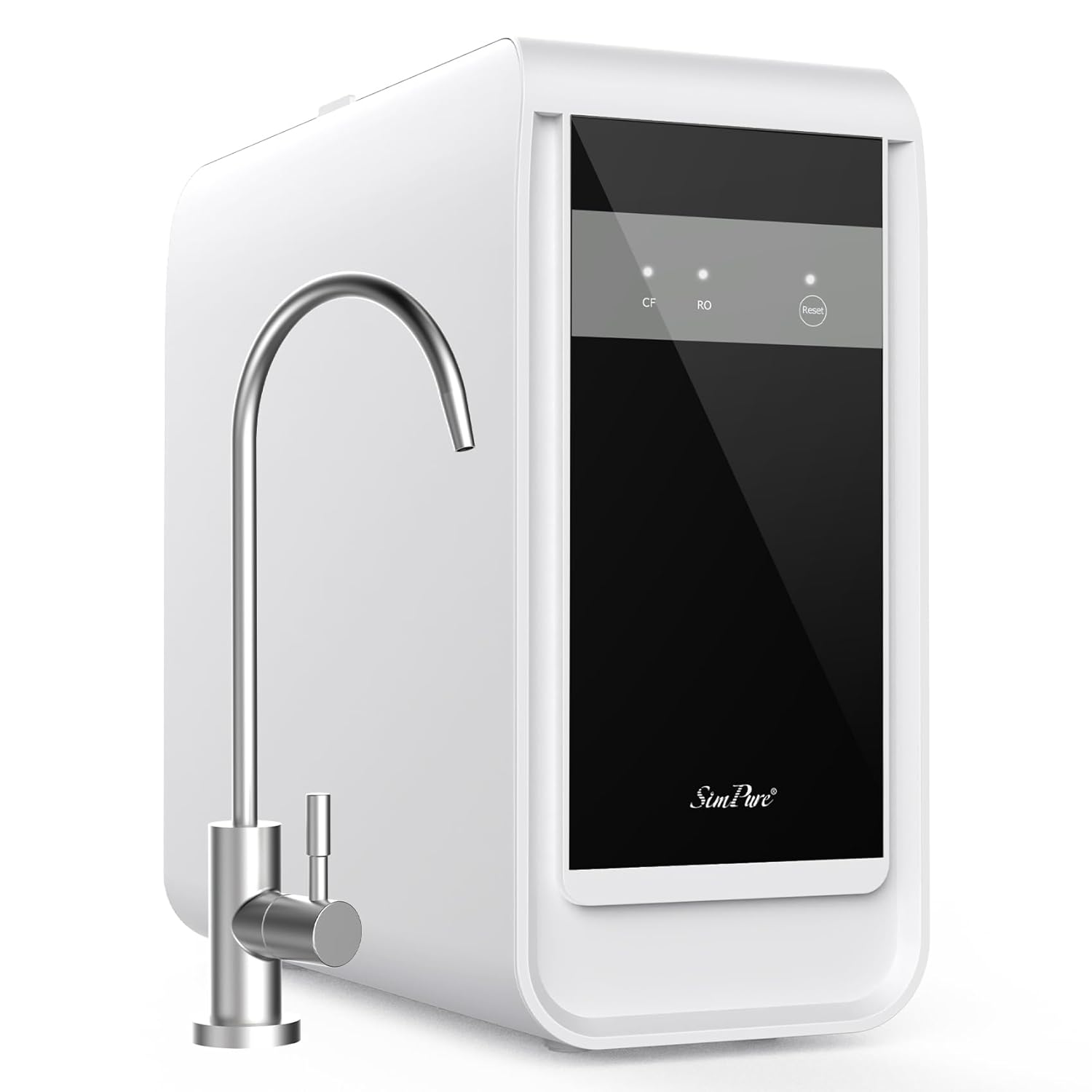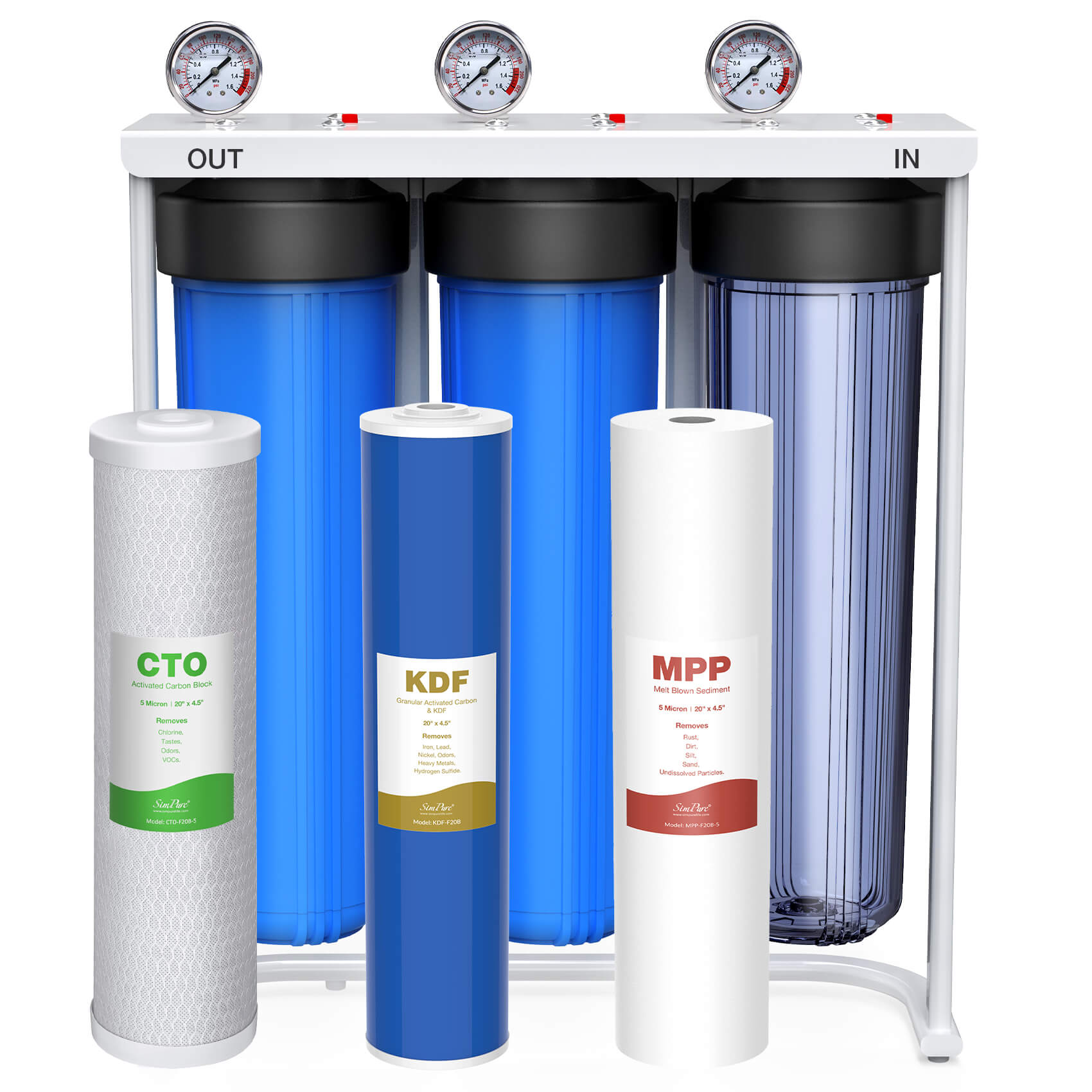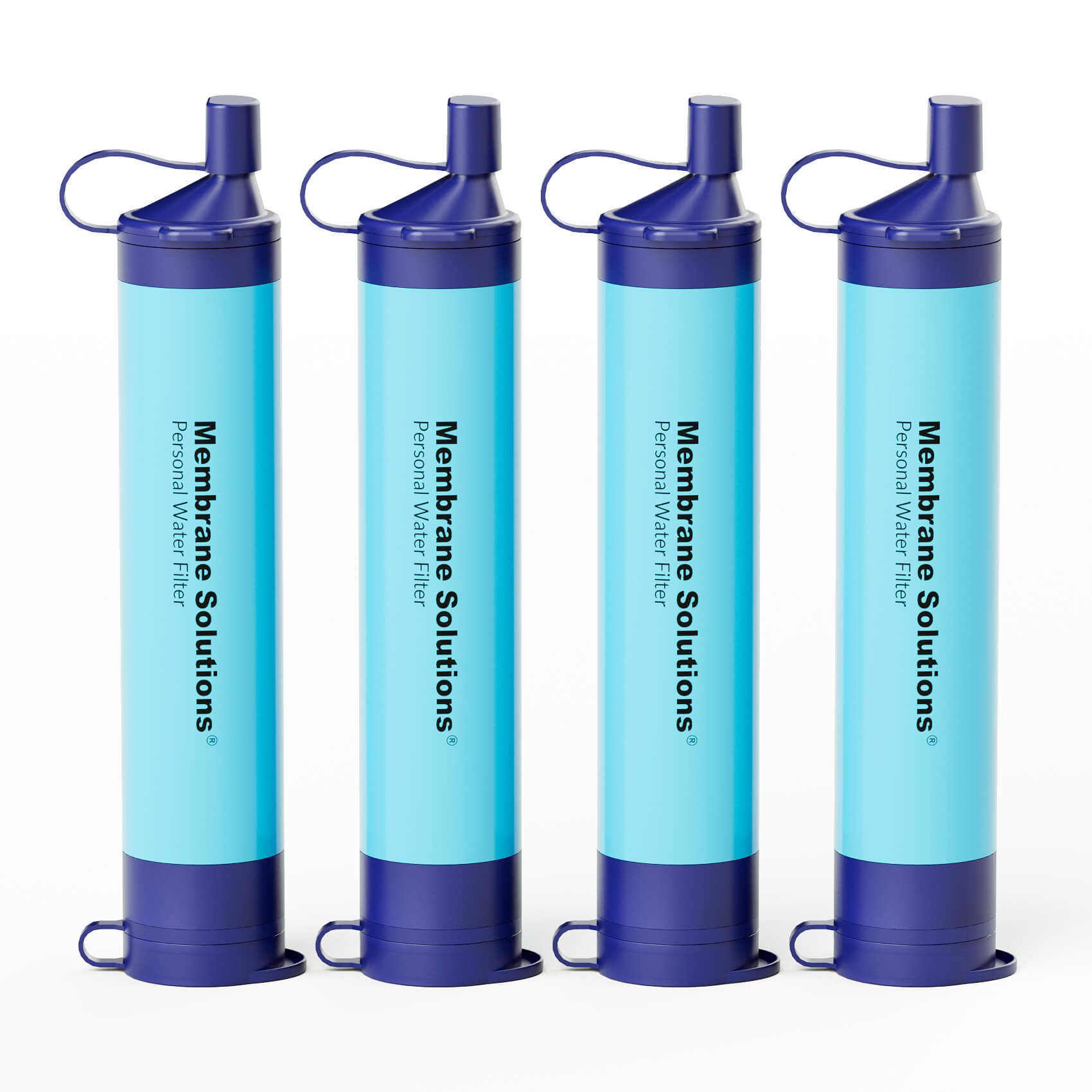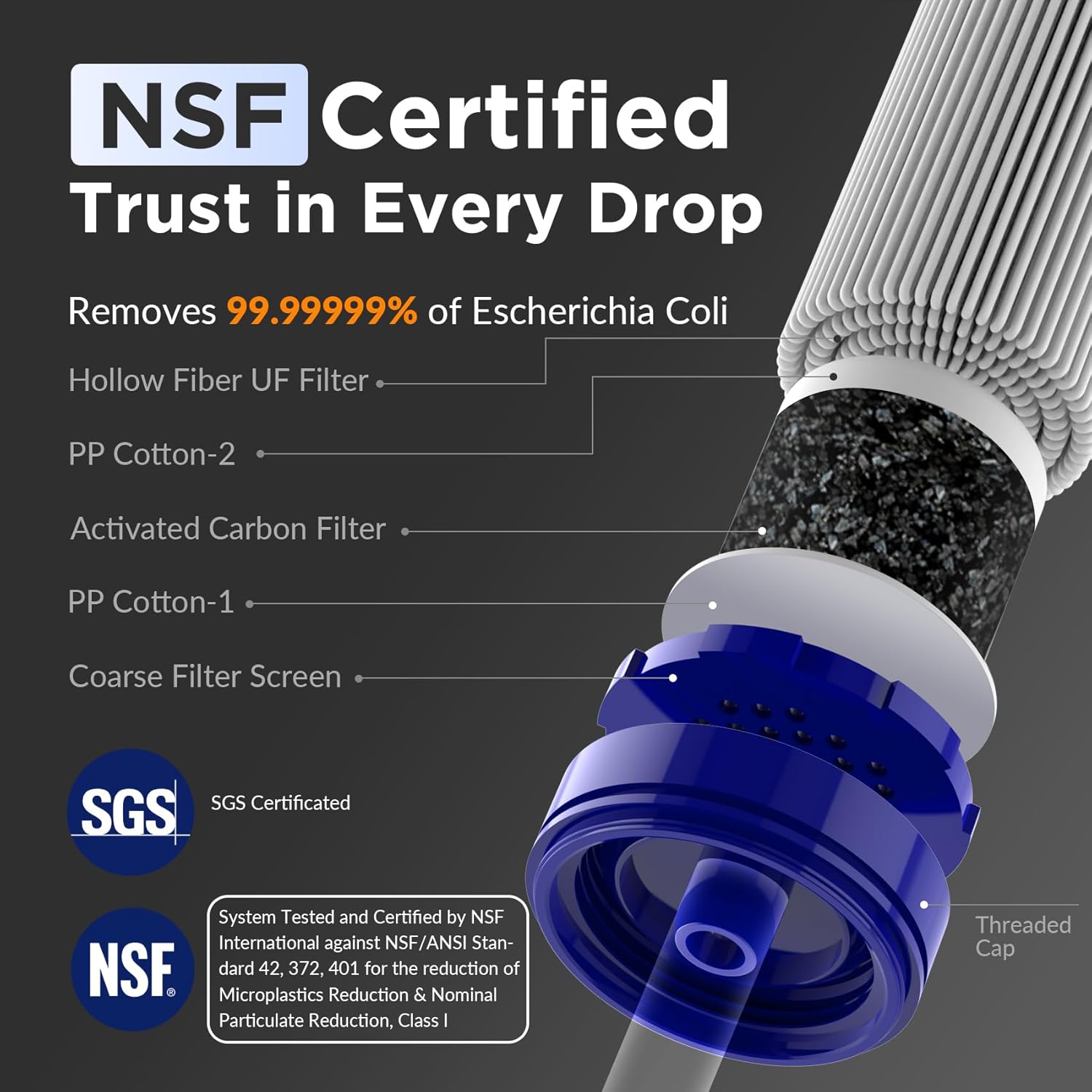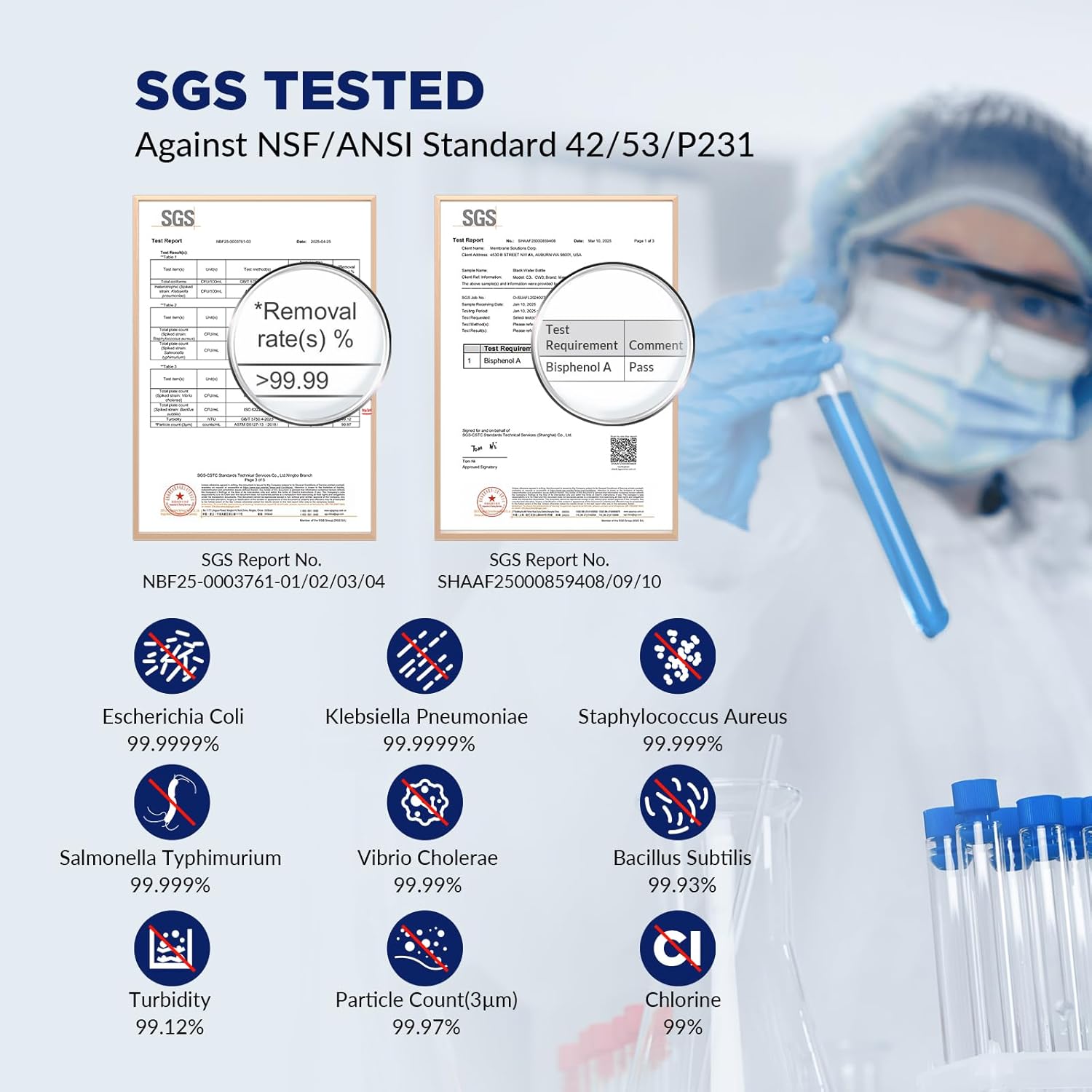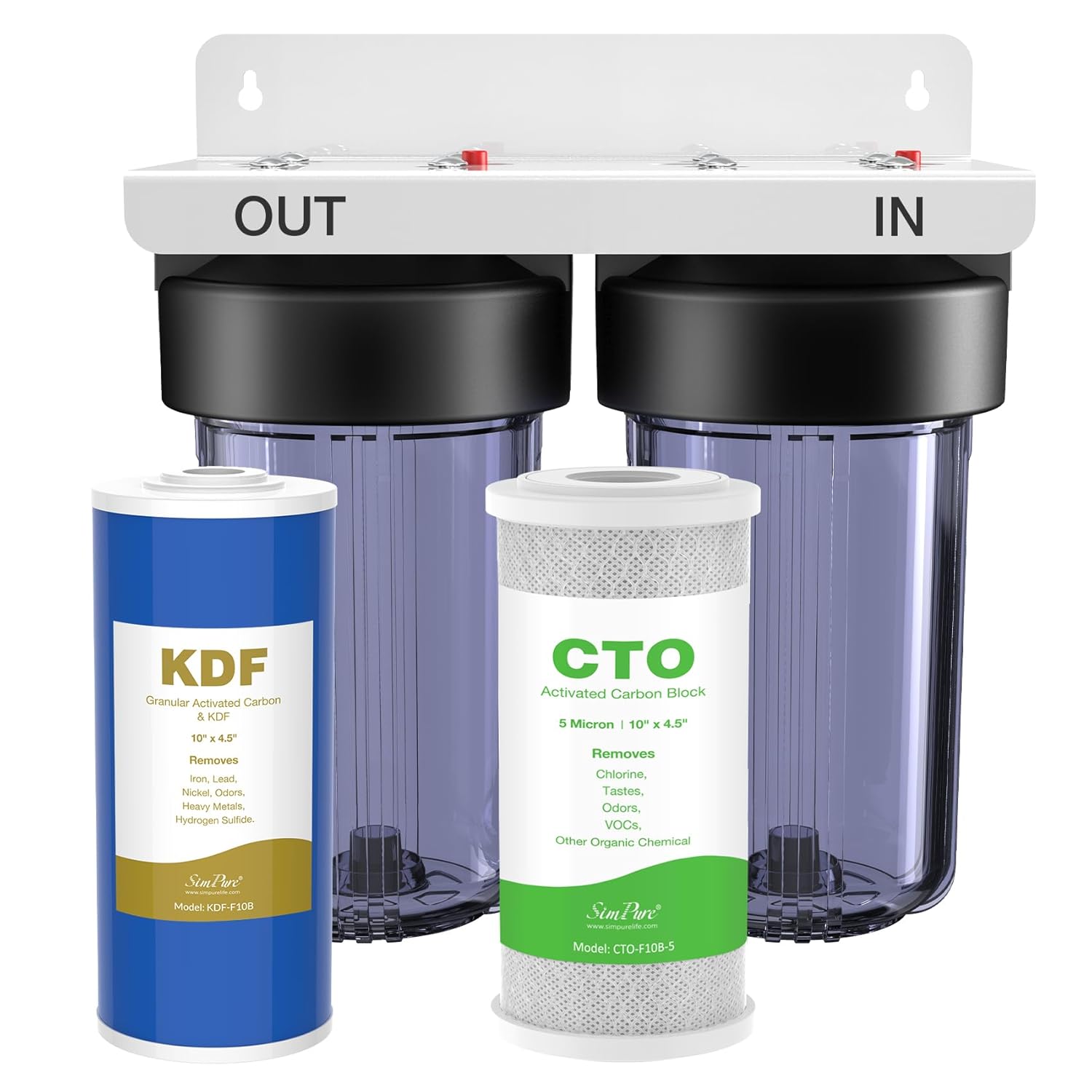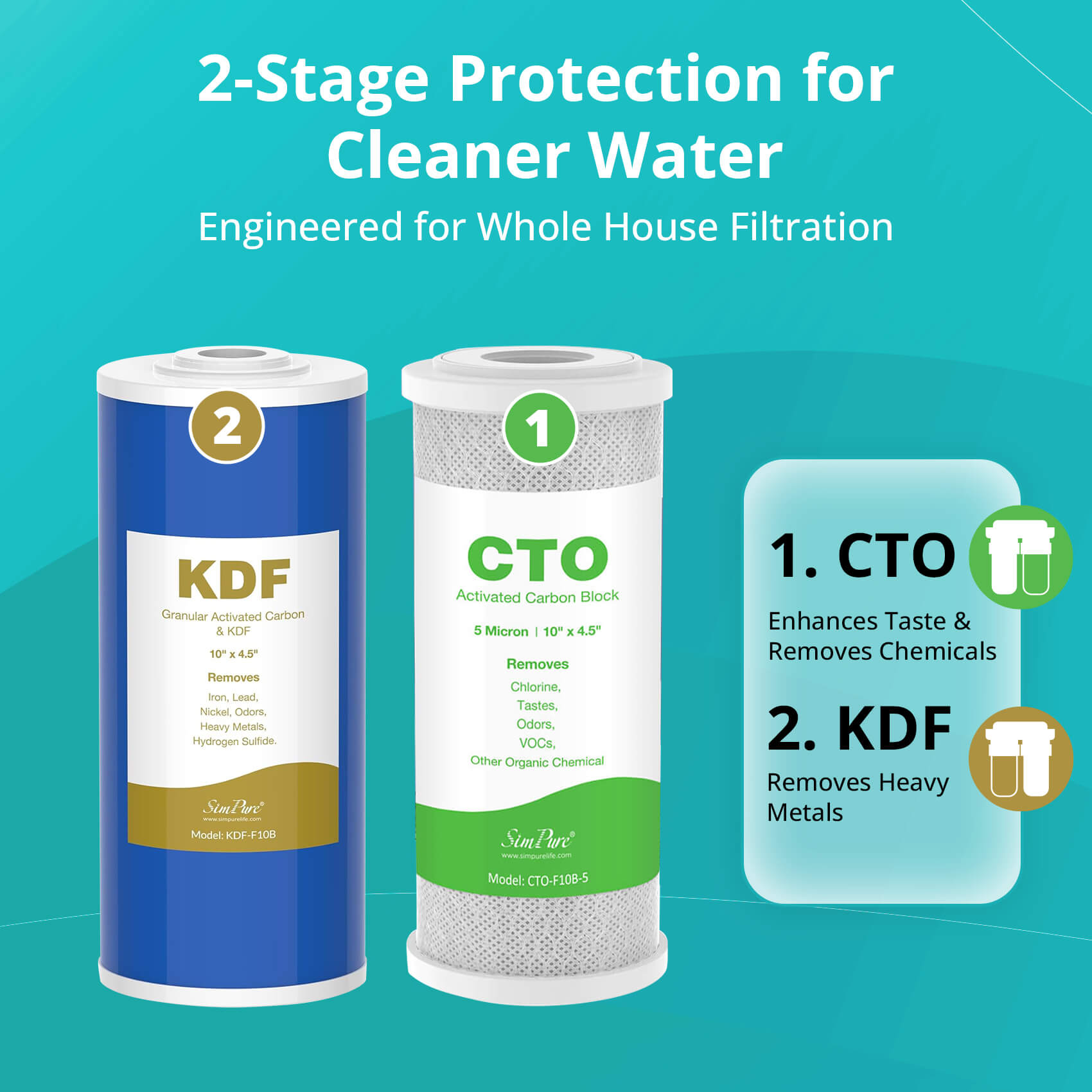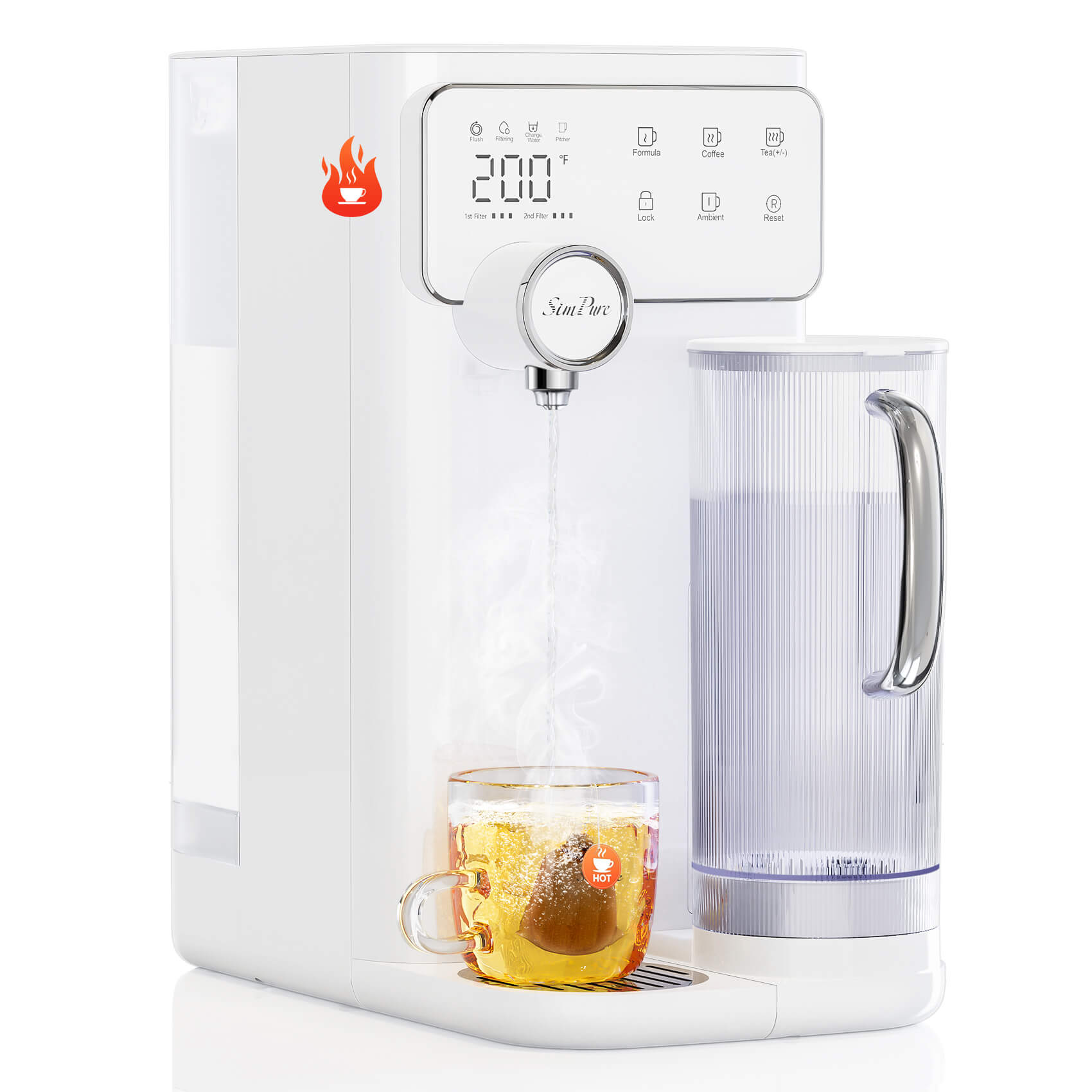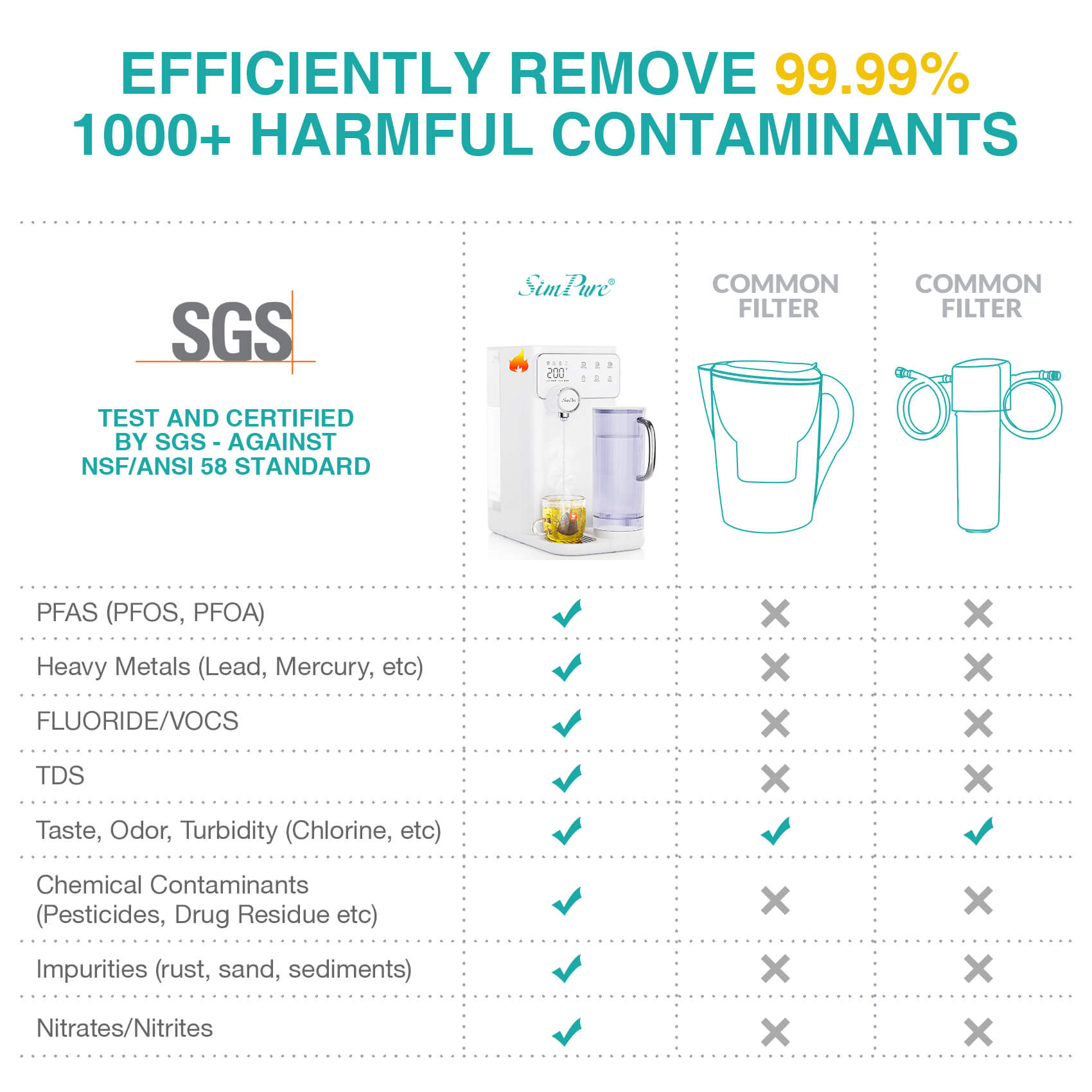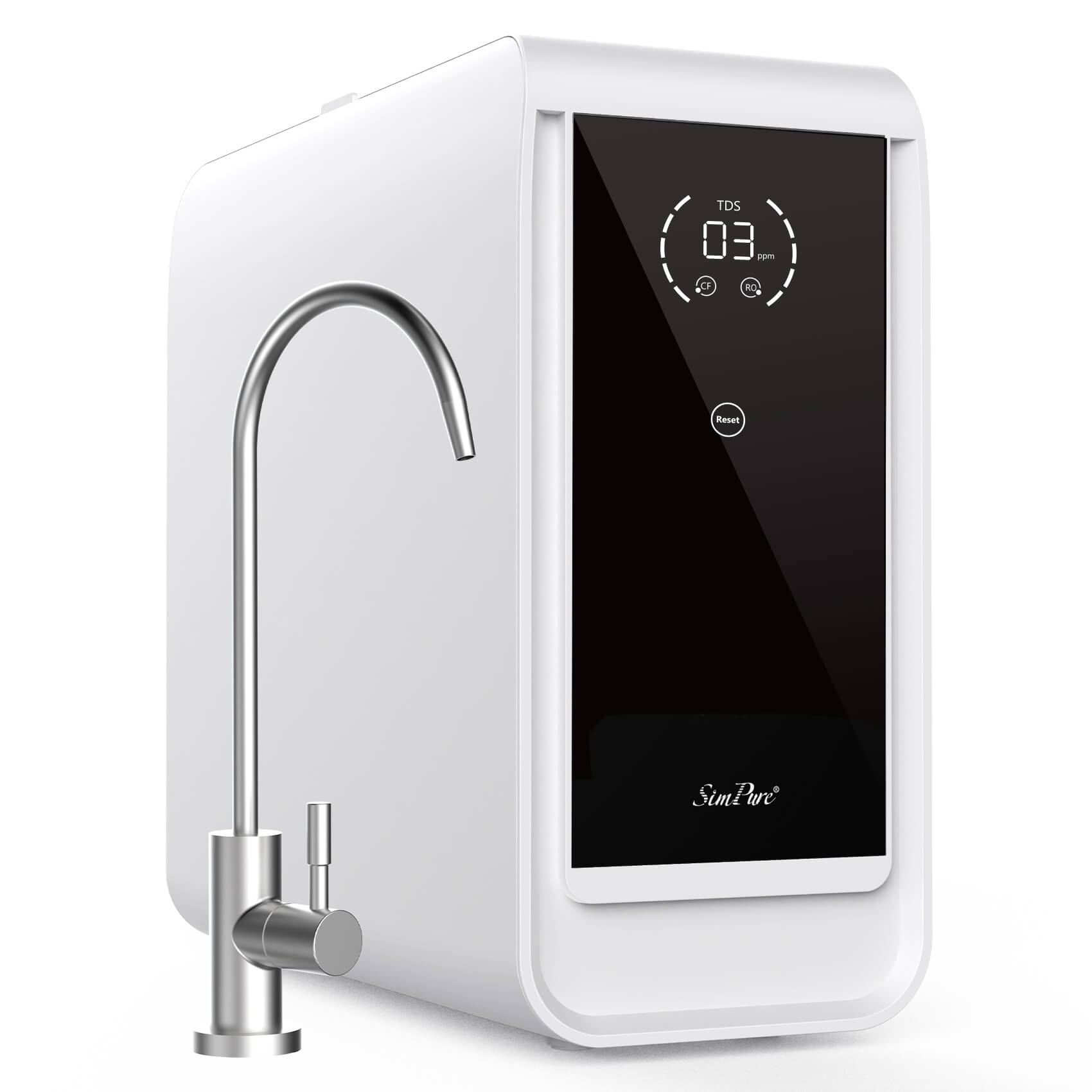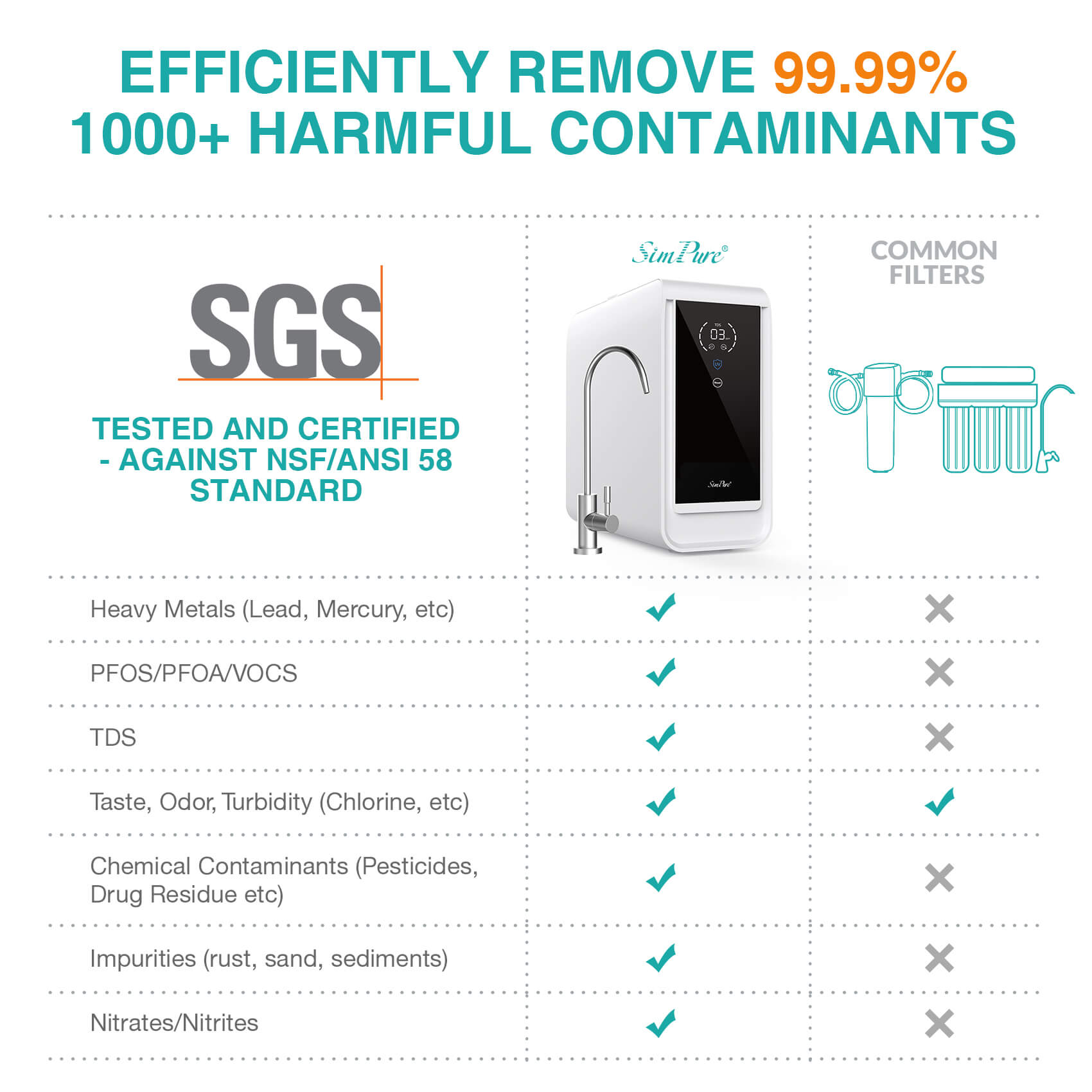Although the water purifier filter is good, it will inevitably encounter various problems during use. Filters can face issues that compromise their effectiveness. In this guide, we'll delve into quick and practical water filter troubleshooting techniques to swiftly address common problems, ensuring your home's water remains pure.
Top 7 Common Water Filter Filtration Problems [With Solutions]
Understanding these challenges and their solutions ensures a comprehensive approach to maintaining a reliable water filter system. Join us as we explore the intricacies of water filter maintenance, uncovering common issues that might affect your water quality.
1. Water Leaking From Water Purifier
You may notice water pooling under or around your water purifier. Leaks often appear near filter housings, faucet connections, or tubing joints. This can be caused by loose fittings, improperly seated filters, or worn-out O-rings.
To fix the issue, turn off the water supply and unplug the unit. Inspect all connections, including tubing, fittings, and the filter housing, for looseness or misalignment. Re-seat the filters carefully, ensuring they are fully and properly installed. Check O-rings or gaskets for wear, cracks, or improper placement, and replace them if necessary. Tighten all fittings securely but avoid overtightening. After adjustments, turn the water back on and monitor the system for leaks.
2. Reduced Water Pressure: Filter Hampers Water Flow Strength
A drop in water pressure is a common issue in water purification systems. It usually occurs when filters become clogged with sediments, scale, or other impurities, reducing the water flow strength from faucets.
Solution:
- Check the filter – Remove the filter and inspect for clogging, sediment buildup, or expiration. Replace the filter if it appears dirty or has reached its service life.
- Inspect tubing and connections – Ensure hoses are straight, fully connected, and free from kinks or blockages.
- Flush the system – After installing a new or cleaned filter, run water for several minutes to remove trapped air and residual particles.
- Check water pressure – Make sure inlet pressure meets the system’s specifications.
3. The New Water Filter Has a Peculiar Smell
When first installing a new water filter, you may notice an unusual or chemical-like odor in the water. This is common with new filters due to residual carbon dust or protective coatings used during manufacturing.
To resolve this, flush the filter with several gallons of water before use. Running water for 5–10 minutes or following the manufacturer’s initial flush instructions usually removes the odor. If the smell persists, check that the filter is properly installed and seated, and repeat the flushing process until the water tastes and smells normal.
4. The Effect of Purified Water Is Not Very Obvious
Sometimes, after installing a water purifier, users may find that the purified water does not taste significantly different or the purification effect seems limited. This is often related to the quality of the incoming water. Municipal tap water is the recommended source for most water purifiers. In cases where groundwater is used, or where the tap water comes from older galvanized pipes that have corroded over time, the water may contain rust, sediment, or turbidity. Such water can reduce the purifier’s effectiveness, clog filters, and even result in poor water flow or limited purification performance.
Steps to fix:
- Test the incoming water quality and pressure before installation.
- If using groundwater, reservoir water, or old plumbing, install a pre-filter to remove sand, rust, and debris.
- Flush the system for the recommended duration to remove carbon dust or residual particles.
- Ensure filters are correctly installed and replace them according to schedule.
- Regular maintenance ensures consistent purification and improved water quality.
5. Turbidity Issues: Cloudy Water, Unclear Filtration Results
Turbidity refers to cloudiness or haziness in water caused by suspended particles, silt, or fine debris. When your water appears cloudy after filtration, it indicates that the filter is not effectively removing these impurities. Cloudy water not only affects visual clarity but may also suggest that the filtration system is struggling to deliver optimal purification results.
Solution:
First, inspect the filter for damage, clogging, or saturation. Clean or replace it as needed. Consider upgrading to a filter with finer mesh or enhanced filtration capability to capture smaller particles. Ensure that the water pressure is within the recommended range, as low or inconsistent pressure can reduce filtration efficiency.
6. Unpleasant Odors: Strange Smells Affect Water Taste
Unpleasant odors in your water indicate a potential issue with your water filter system. Foul smells can result from a variety of factors, including bacterial growth, mold, or the absorption of odor-causing substances. For a more detailed explanation on water tasting bad, you can read our Why Does Filtered Water Taste Bitter and Weird. Over time, the water filter may become a breeding ground for contaminants, leading to compromised water quality and taste. These odors can be off-putting and affect your overall satisfaction with the filtered water.
Solution: To address this problem, initiate a thorough cleaning and maintenance routine for your water filter. Begin by turning off the water supply and dismantling the filter components. Clean the filter housing, cartridges, and any removable parts using a mixture of mild detergent and water. For stubborn odors, consider soaking the components in a solution of vinegar and water. You can read How Do I Fix Smelly Tap Water?-Causes & Solutions for more methods.
7. Filter Lifespan Exceeded: Ineffectiveness Due to Expired Filter
As water filters age, their efficiency gradually diminishes, reaching a point where the filter can no longer effectively remove impurities. When the filter's lifespan is exceeded, it loses its ability to trap contaminants, leading to compromised water quality. This results in the consumption of water containing particles, bacteria, and other pollutants that the filter was originally designed to eliminate.
Solution: To address the issue of an expired water filter, it is crucial to adhere to the manufacturer's recommended replacement schedule. Regularly replace filters based on usage and water quality conditions. Most filters come with indicators signaling when a replacement is necessary. When changing the filter, ensure to follow the manufacturer's instructions for proper installation. Choosing the correct filter type and size is paramount for optimal performance. By consistently replacing filters on time and selecting the right replacements, you maintain the efficiency of your water filtration system, ensuring a continuous supply of clean and safe drinking water for you and your family. Here we also recommend you read our blog: Do Water Filters Expire?
Bonus: SimPure Water Filter FAQs You May Search

To help you get the most from your SimPure water filter, we’ve compiled answers to common questions and troubleshooting tips.
Q1: Why are SimPure water filter all lights flashing?
Please watch the video.
Q2: Why are the "water shortage" and "change water" lights flashing?
Please watch the video.
Q3: How do I reset my SimPure RO system after replacing the filters?
To reset your SimPure RO system, press and hold the Reset button for at least 3 seconds until you hear three beeps. This will complete the reset process and return the system to normal operation.
Q4: What should I do if the system emits significant noise during operation?
If your SimPure system emits significant noise, it may be due to poor inlet water quality or blocked filters. Check the quality of the inlet water and replace the CF and RO filters if necessary.
Q5: Why is the filtered water tasting like tap water?
A tap water taste in filtered water can result from issues such as incorrect tubing installation, expired filters, or the system not being used for a long time. Ensure all tubing is correctly installed, replace expired filters, and flush the system if it hasn't been used recently.
For more specific product questions, troubleshooting tips, or detailed instructions, please visit SimPure User Manual or contact our customer service team directly:
How to Prevent the Above Problems from the Water Filtration System?
Water purifier problems occur frequently, especially when the temperature rises, so we need to pay attention to some problems when using the water filter during summer. The following will explain to you what problems you should pay attention to.
①The water filter must be cleaned regularly.
Hot weather will cause a large number of bacteria to grow and multiply. It is very important to do the daily cleaning of the water filter, even if the water purifiers are installed in cold places. After being used for a long period of time, the water purifier we use should be simply cleaned. When the water purifier has not been used for a long period of time, it should be cleaned for a long time before we use, until the original water purifier The remaining moisture and dirt are completely flushed out.
②The water filtration system needs to be placed away from sunlight.

The water purifier is not suitable for more sun exposure because the water purifier will be filled with the water you need every day, and a large number of bacteria will grow in hot conditions, which could affect water quality and our health. If conditions and other factors require it to be placed in a part with direct sunlight, it is recommended to build a baffle near the location of the water purifier to block some of the sunlight or to place it in a corner of shadow during Installation to reduce some of the solar radiation.
③Keep regular maintenance & repair for the water filter.
The key to the purification of water quality of the water purifier lies in its filter element, and the water filter element has a certain lifespan, because the filter element is a consumable, the filter element also bears the overload damage of the pollutants while blocking the pollutants. After a period of use, the filtration efficiency and quality of the movement will be greatly reduced. Therefore, everyone needs to know when to change the water filter and remember that the filter element should be replaced with a new filter element in time after a period of use to increase the quality and safety of our water.
In addition, if the water purifier is not used for a long time, the power should be turned off to avoid damage to it and waste of unnecessary resources due to long-term consumption; after the water purifier is installed, it cannot be moved or disassembled at will, If it is a wall-mounted water purifier, pay attention to shade to avoid being exposed to direct sunlight to affect the taste and service life.
At last, water plays a pivotal role in our lives, and the quality of water determines our health. Therefore, the correct use of high-quality water purifiers is related to our drinking water health and cannot be ignored. The above are the issues that need to be paid attention to when using the water purifier in summer. Hope everyone will pay attention to water health and use the water purifier correctly!

